AIAA R-099-2001: Space Launch Integration
The Soviet Union’s launch of Sputnik I in 1957 is credited with launching the U.S. space program. Now, more than 300 orbital launches are expected…
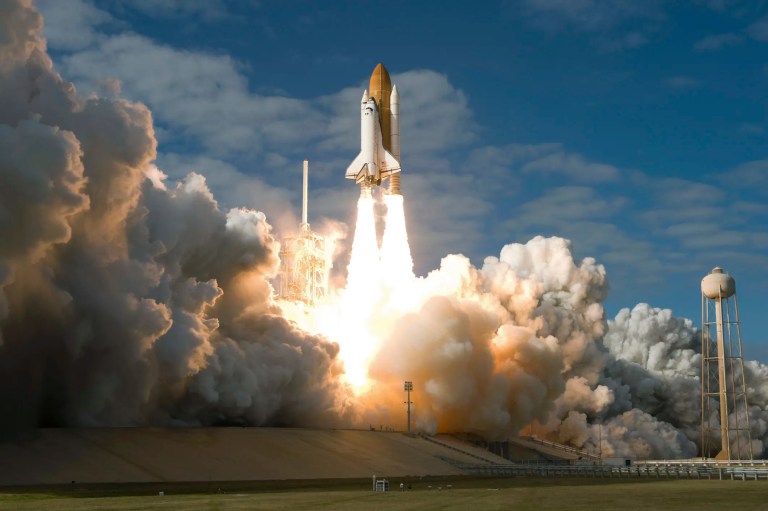
The Soviet Union’s launch of Sputnik I in 1957 is credited with launching the U.S. space program. Now, more than 300 orbital launches are expected…
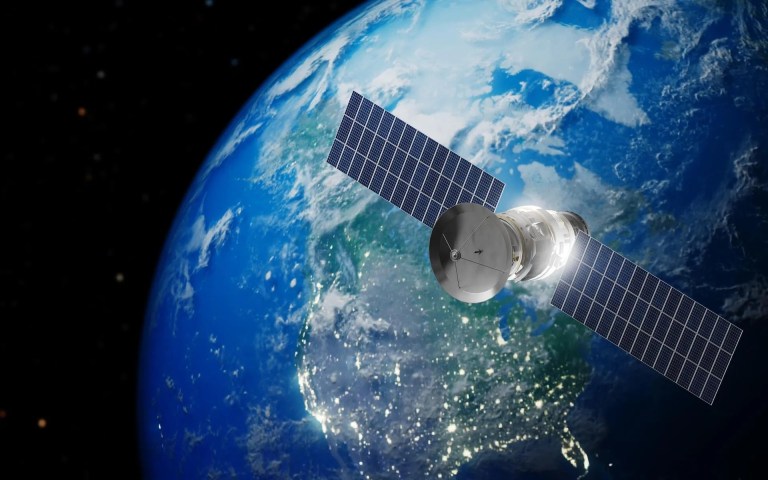
There are currently 11,833 active satellites orbiting Earth. These satellites are used for various purposes, including communication, navigation, weather forecasting/observation, scientific research, and Earth observation. AIAA…
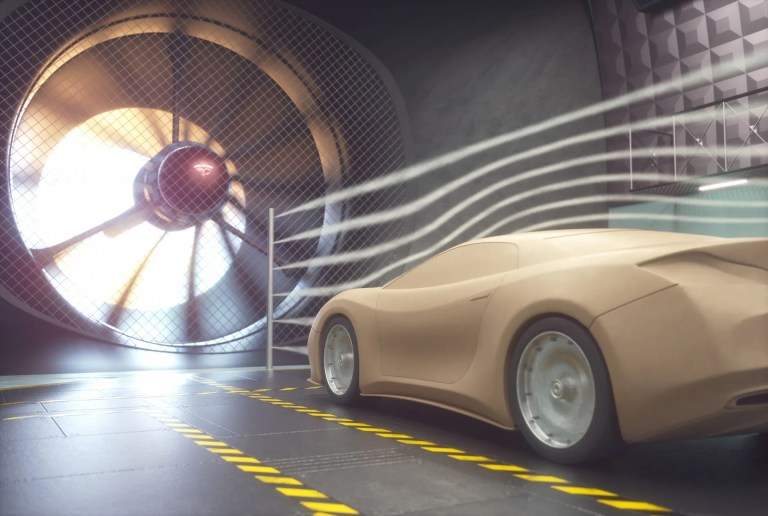
Uncertainties in wind tunnel testing stem from various factors, including turbulence, model geometry, laboratory conditions, and experimental setup. These uncertainties can lead to discrepancies in results…
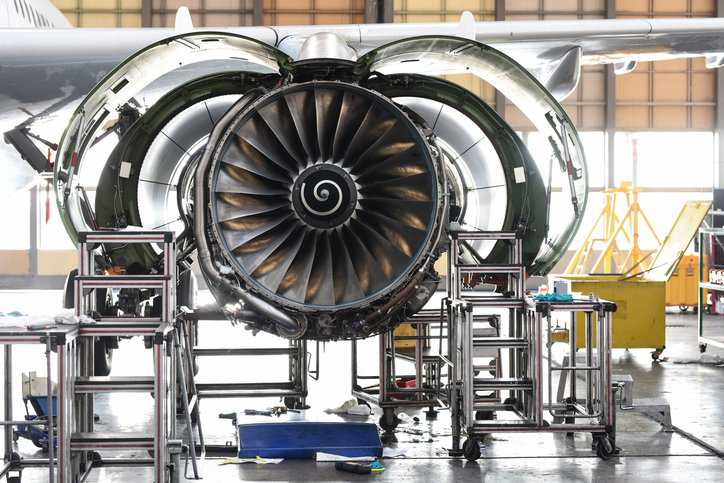
Due to the unique challenges in designing aircraft and spacecraft, aerospace is a leading industry employing advanced manufacturing technologies. In fact, advanced manufacturing is critical to NASA…
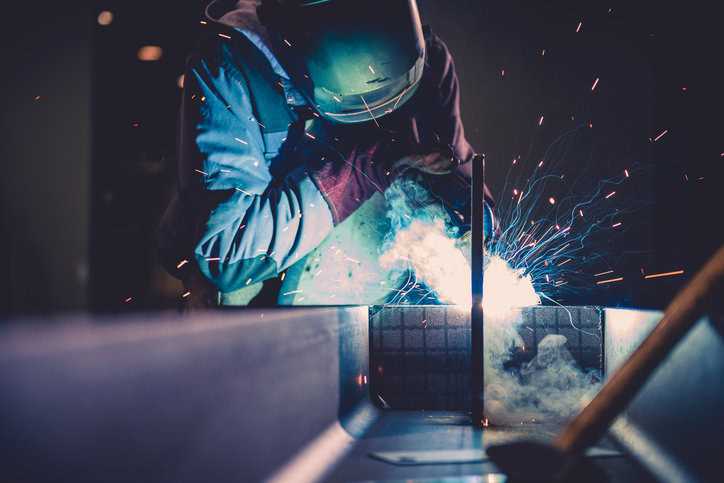
In recent memory, space exploration has found success with many accomplishments; just to name a few, the field has been responsible for discovering a “super-Earth”…

The journey of an aircraft, from the initial design phase to its triumphant takeoff, is a meticulous process filled with rigorous testing. One crucial aspect…

Electrostatics is a major concern of spacecraft technology. Since space is filled with hot and low-density plasma that builds up high differential voltages, electrostatic discharge…
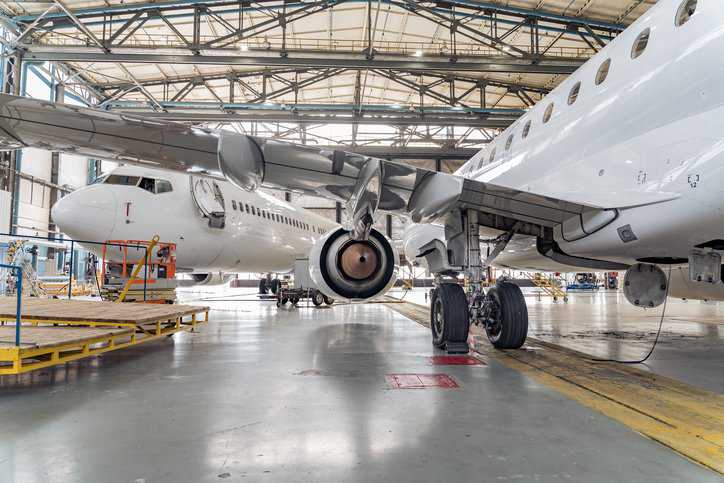
Phosphoric Acid Anodizing (PAA) was developed in the late 1960s and early 1970s to improve the performance of bonded primary structures. Bonds formed with PAA-treated adherends…
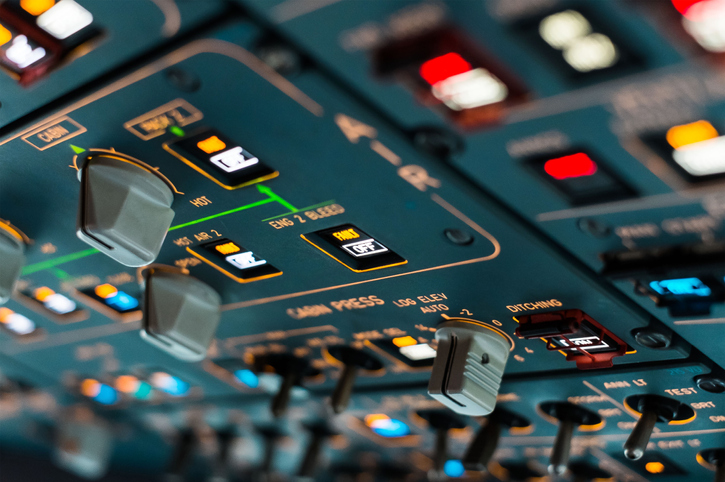
Almost anything can be counterfeited. While our minds might typically gravitate toward fake watches sold on street corners by dubious characters, counterfeiting spans the expanse…